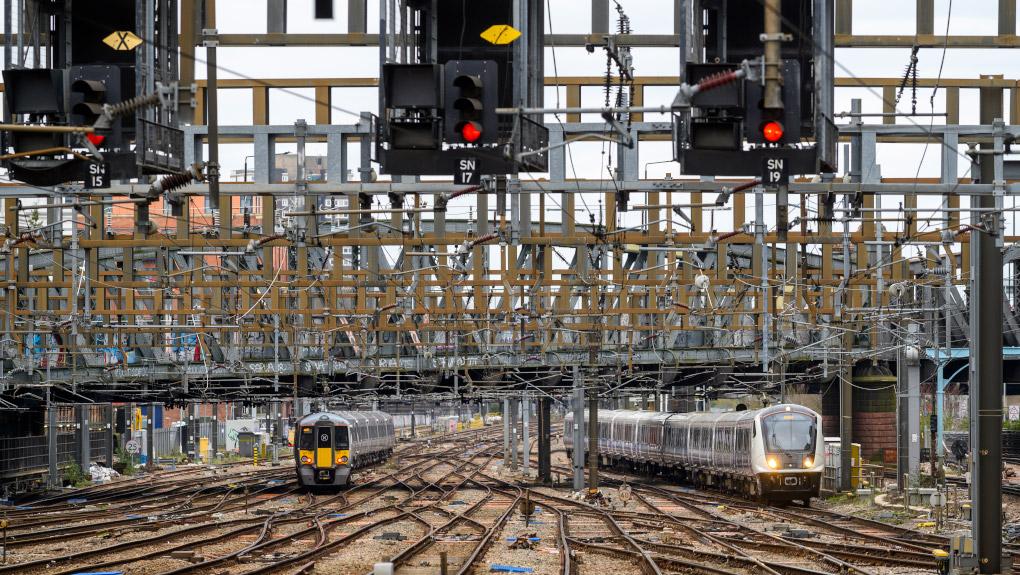
However, following the deaths of two workers in the region, the regulator also highlights the need for further improvements to worker safety. In addition, the regulator has highlighted the need for Network Rail to catch-up on assessing the condition of bridges and other structures in the region.
As a result of the death of an employee at the Eastleigh depot, Network Rail is reviewing machinery guarding across the network. The region has also accelerated its drive to eliminate the need for an employee to act as a lookout when working trackside following the death of a track worker in Surbiton. Currently, the region uses lookouts for around 20% of trackside work. It is important that the move to safer ways of working is sustainable and well managed to ensure the railway can be maintained safely whilst minimising risks to railway workers.
In the past year Network Rail has worked well with Govia Thameslink Railway to take advantage of fewer services running to create ‘golden corridor’ weeks on the Sydenham corridor and through the Thameslink core. This has given maintenance teams more access to the railway in longer blocks of time. This means issues with the infrastructure can be resolved, removing the need for temporary speed restrictions and improving journey times and reliability.
There were fewer failures of Network Rail assets such as signals in the Southern region. This, coupled with the impact of fewer passengers and services, resulted in more punctual and reliable passenger and freight services. While train performance has been very good, there is a clear risk that performance will drop as passengers and services return. Network Rail needs to work cross-industry to retain performance improvements where possible.
ORR is concerned that Network Rail is behind on its process for inspecting its structures (e.g. bridges and tunnels) across the whole network. Over a third of structures examinations carried out in the Southern region are non-compliant. There is limited evidence that Network Rail has suitable plans in place or is making adequate progress towards completing its structures examinations. The regulator is taking action to ensure this is rectified.
There continues to be a backlog in the inspection of rail arches with tenants in place, due to difficulties in obtaining access. ORR notes there has been progress between Network Rail and the leaseholder, Arch Co and will monitor progress against the commitment to eliminate the backlog by April 2022.
Network Rail’s delivery of efficiencies is on track across all of its regions, with the Southern region reporting £120.3 million of efficiency improvements in 2020-21, against a target of £112.9 million. As the efficiency challenge increases next year, Network Rail must maintain its focus on this important area.
David Kimball, ORR’s Senior Regulation Manager for the Southern region said:
Notes to editors
- Network Rail Annual Assessment: https://www.orr.gov.uk/media/22598
- Annual Report of Health and Safety on Britain’s Railways: https://www.orr.gov.uk/media/22601
- The Office of Rail and Road (ORR) holds Network Rail to account for its management of the GB rail network, monitoring how it operates the network to keep trains running on time, and how it keeps the network safe and in good condition.

